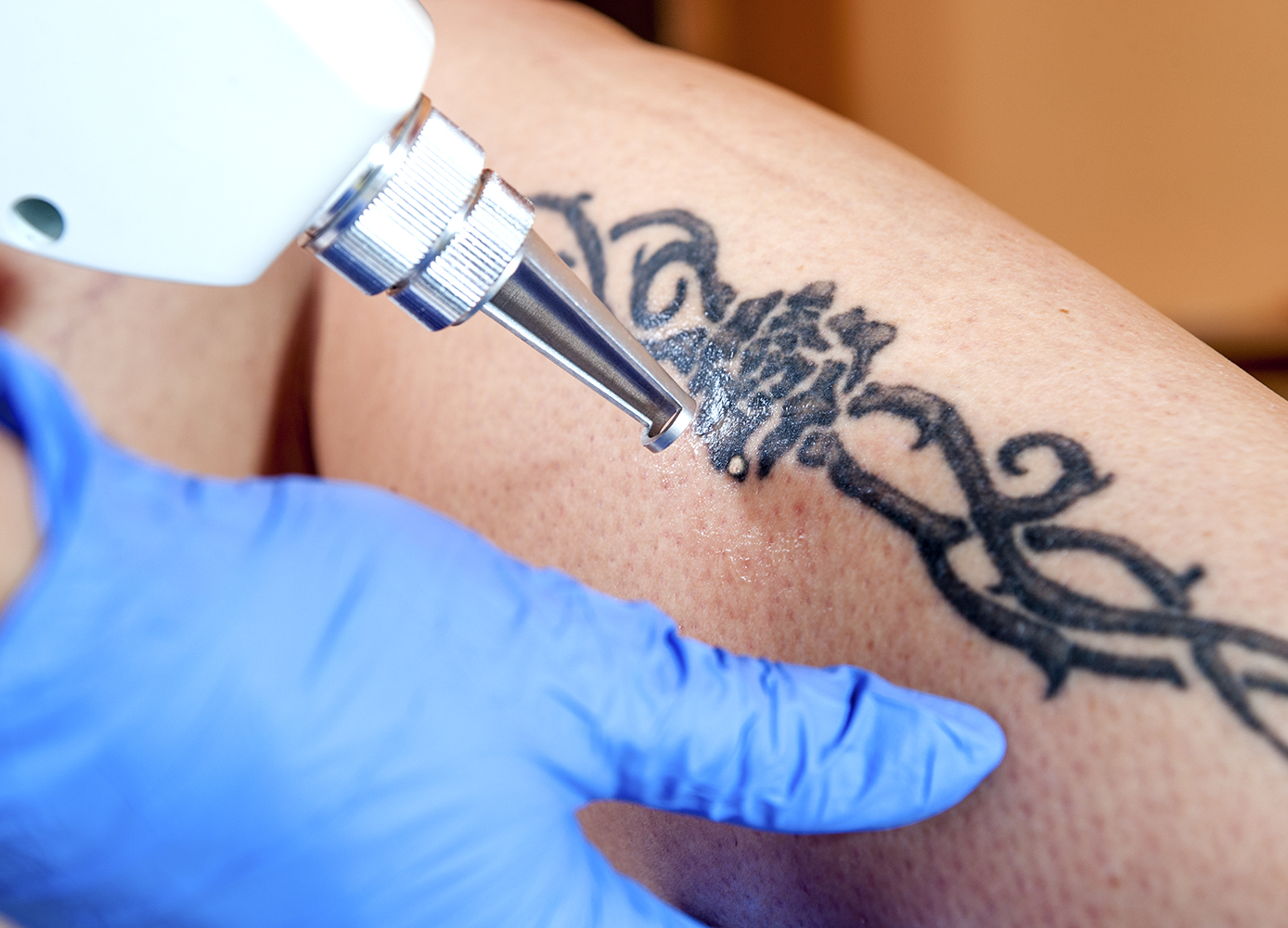From facelifts to fillers, both surgical and non-surgical treatments are available to help you love the skin you’re in
By Lola Augustine Brown
In the world of cosmetic procedures, things have changed an awful lot in the past 20 years. Although still very popular, surgical treatments such as facelifts have taken a backseat to less invasive treatments such as Botox and injectable fillers, and a range of new cosmetic techniques are being used to create more subtle refreshment of the face. We have more options than ever, and the cost of these treatments is no longer as prohibitive as it once was (and many doctors’ offices even offer financing).
It’s hard to find stats on what cosmetic procedures Canadians are having done because neither Health Canada nor the Canadian Society of Plastic Surgeons tracks this data. However, a 2016 report from the American Society of Plastic Surgeons states that 1.7 million cosmetic surgical procedures were performed in 2015, compared with 14.2 million minimally invasive cosmetic procedures. Of note, 6.7 million of those minimally invasive procedures were Botox treatments, making that the most popular by far. (Botox is derived from the bacterial botulinum toxin, which is used to temporarily paralyze facial muscles and remove wrinkles; done badly, it results in a frozen-looking face, but subtle applications can look quite natural.)
Montreal plastic surgeon Dr. Arie Benchetrit says that he injects more than a thousand patients a year with Botox and that these patients often combine the treatment with an injectable filler, which helps them look refreshed.
These fillers may have the brand names Juvederm, Restylane, or Perlane and are made of hyaluronic acid, which works to plump up the skin to smooth out lines and wrinkles and bring back a more youthful appearance. “I tell my patients that if it’s done well, it won’t be obvious; people aren’t going to say, ‘Oh, you had a bunch of fillers done,’ they’ll just say, ‘Oh, you look great, you look rested, you look like you just got back from vacation,” Benchetrit says.
Despite the popularity of Botox and fillers, Canadians are still having surgical procedures done. Benchetrit says that the most popular ones for men over 50 are liposuction (in which fat is suctioned from the body), blepharoplasty (eyelid surgery that can involve the removal of skin and fat from upper and lower lids), and neck lifts (the tightening and removal of excess skin from the neck), while for women it’s facelifts (the tightening of the skin of the face—there are several different procedures) and blepharoplasty.
Dr. Marc DuPéré, a Toronto plastic surgeon, says that while minimally invasive procedures are temporary and often need to be repeated, there are various facial surgeries that provide permanent results. These include a two-layer necklift and facelift (in which both skin and muscle are lifted), fat grafts for the face, and small chin implants to compensate for the bone and fat loss in the lower face associated with aging. Whatever areas concern you, a surgeon will be able to suggest a solution.
What You Want and What You Need
Living in this enlightened age of the Internet, many people who want to have work done know exactly what they want before they get as far as finding a doctor. Sites such as RealSelf.com, where treatments and doctors are reviewed and rated, make it easier to assess procedures and to get a good idea of what you could have done.
Benchetrit says, however, that it’s better to walk into a doctor’s office with an open mind rather than demanding a certain procedure. “What a patient wants may not be the best solution for the issue that he or she wants to address,” he says. “You should let the surgeon explain what the options are and match the option with the desired result.”
For example, you may well be able to get great results from a non-surgical procedure, which will involve easier recovery and healing, a lower risk for complications, no need for anesthesia, and less cost.
As popular as injectables are, a myriad of other treatments can provide excellent results, including laser treatments to reduce the appearance of fine lines and even out skin tone, and micro-needling, in which tiny needles are used to pierce the skin and stimulate the production of collagen from within to help reduce fine lines, scarring, skin-tone issues, and pore size. If you have the money, you can see huge changes in your skin (while less expensive than surgery, these treatments can still be costly, especially if you require multiple sessions to achieve the results you want).
It’s worth noting that even minimally invasive procedures involve some downtime, so if you’re getting something done in advance of a major life event such as a wedding or dream vacation, you need to plan ahead. “You need to get Botox and fillers done three to four weeks ahead of that event, and a necklift or facelift, six to 12 weeks ahead,” DuPéré says.
Choosing a Doctor
The gold standard when you want any kind of cosmetic procedure is to go to a board-certified plastic surgeon.
“In Quebec and many other places, the term ‘cosmetic surgeon’ means nothing,” Benchetrit says, observing that any kind of doctor can take a half day of training in Botox or other injectables. “A GP or a psychiatrist can call himself or herself a cosmetic surgeon, despite having little training in what looks good cosmetically or understanding of facial anatomy. Unfortunately, a lot of patients go to see these almost mercenary injectors with very little experience, who usually charge less than a certified plastic surgeon would. We see a lot of their disasters—we have to correct their mistakes.” (Luckily, a lot of these products are reversible and enzyme injections can be used to break down the filler should you decide that you don’t like the results.)
When choosing a doctor, you’ll want to know that he or she has done the procedure you want many times before and has the before and after photos to prove it. Be picky. You need to ensure that you’re getting the best person for the job and that the procedures are going to be safe and carried out in an accredited medical facility. It’s your face, after all.
Photo: iStock/michaeljung.




